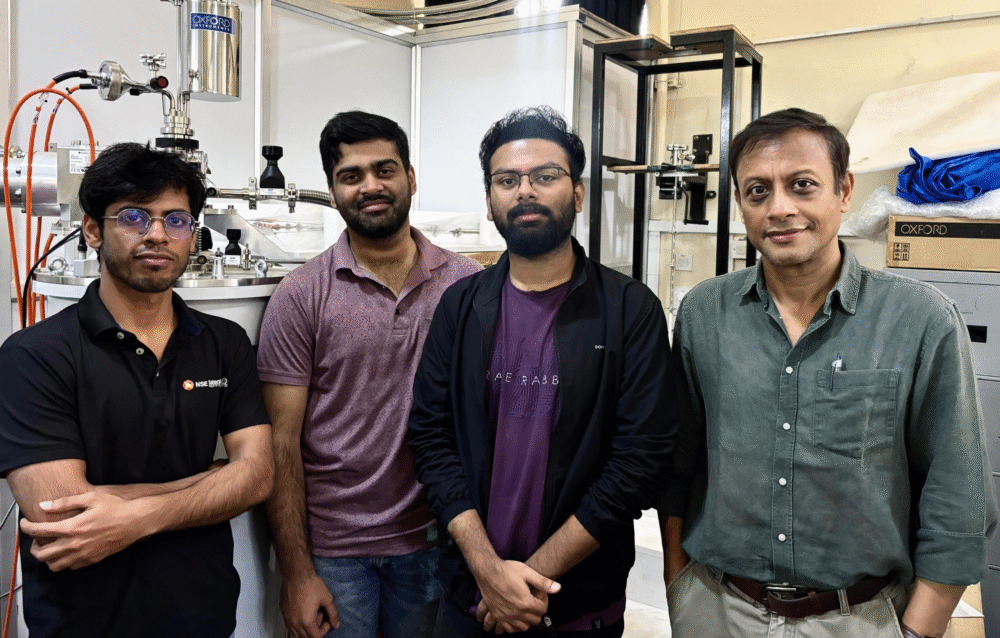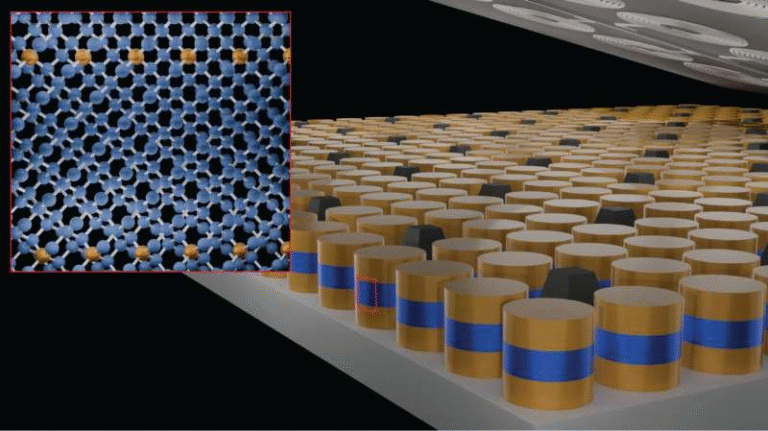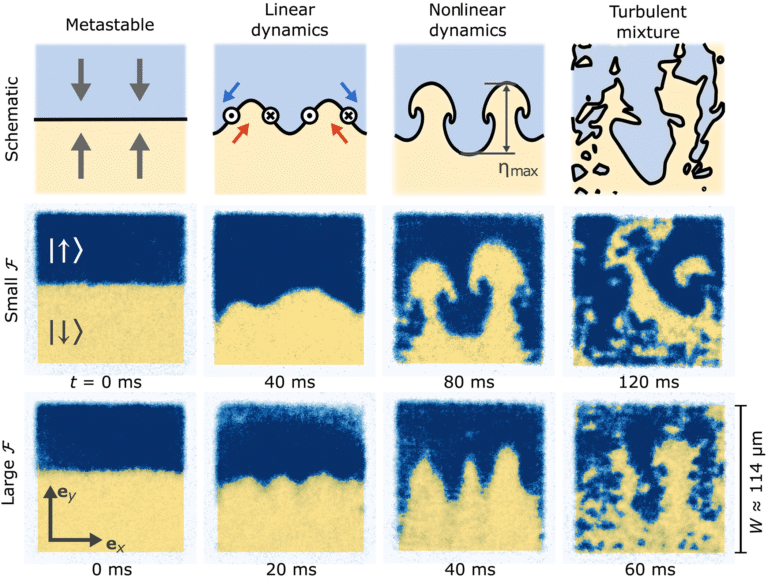Graphene Electrons Defy Fundamental Law of Physics, Defying a Decade Long Quantum Puzzle

Scientists have made a breakthrough in understanding graphene, a material made of a single layer of carbon atoms, by discovering that electrons in graphene can flow like a nearly perfect liquid. This discovery challenges a long-standing principle in physics and opens new doors for both fundamental science and potential quantum technologies.
The Core Question
For decades, physicists have wondered if electrons could move collectively, almost like a frictionless fluid, governed by universal quantum constants rather than classical rules. Typically, defects and imperfections in materials prevent this type of behavior from being observed. Graphene, however, provides an exceptionally clean system to test these ideas.
The Experiment
A team from the Indian Institute of Science (IISc) in collaboration with the National Institute for Materials Science (NIMS), Japan, has successfully detected this unusual “Dirac fluid” in graphene. Their results, published in Nature Physics (August 2025), reveal groundbreaking deviations from well-established laws of metal physics.

Credit: Aniket Majumdar
The researchers worked with ultra-clean graphene samples, carefully monitoring both electrical conductivity and thermal conductivity. In normal metals, these two properties are directly linked by the Wiedemann–Franz law, which states that electrical and thermal conduction should scale together. What the team found was completely unexpected:
- When electrical conductivity increased, thermal conductivity decreased.
- When electrical conductivity decreased, thermal conductivity increased.
This inverse relationship showed a huge departure from the Wiedemann–Franz law.
How Big Was the Violation?
The magnitude of this effect was extraordinary. At low temperatures, the team measured a deviation of more than 200 times from what the Wiedemann–Franz law predicts. This demonstrated a clear decoupling between charge and heat transport mechanisms in graphene.

But this wasn’t random. Both the charge and heat transport were found to be governed by a universal constant, independent of the material itself. Specifically, this universal behavior was linked to the quantum of conductance, a fundamental value related to how electrons move.
The Dirac Point and Fluid Behavior
This exotic state of matter appeared near the Dirac point—a very precise electronic balance point where graphene is neither a conductor nor an insulator. At this state:
- Electrons stop acting like individual particles.
- They instead flow collectively, similar to a liquid, with a viscosity about 100 times lower than water.
This unusual electron flow is called a Dirac fluid. Scientists note that this state mimics the quark-gluon plasma, an exotic soup of fundamental particles observed in high-energy particle accelerators such as CERN.
Measuring the Viscosity
The team didn’t just stop at detecting the fluid. They also measured its viscosity, finding that it approached the theoretical minimum viscosity limit, sometimes called the holographic bound. This bound is predicted by quantum physics and string theory frameworks. In other words, graphene’s Dirac fluid behaves extremely close to the most perfect fluid nature allows.
Universal Conductivity
Another striking result was that the quantum-critical electrical conductivity (σ_Q) measured across multiple graphene devices consistently converged to around (4 ± 1) × (e²/h). This universality confirms that graphene can serve as a low-cost, experimental platform for studying deep concepts from high-energy physics and astrophysics, such as black-hole thermodynamics and entanglement entropy scaling.
Broader Significance
This discovery not only solves a long-standing puzzle in condensed matter physics but also creates opportunities for real-world applications. Since the Dirac fluid regime enhances sensitivity to weak signals, graphene could power future quantum sensors capable of amplifying extremely weak electrical signals and detecting faint magnetic fields.
From a scientific perspective, this work validates theoretical predictions about relativistic hydrodynamics in electron systems. It also confirms that graphene is a powerful testbed for exploring exotic states of matter once thought to only exist in extreme environments, like the early universe or inside particle colliders.
The Research Team
The study was led by Professor Arindam Ghosh and his group at IISc, along with PhD student Aniket Majumdar (first author), and collaborators including Akash Gugnani, Pritam Pal, Nisarg Chadha, Bhaskar Ghawri, Kenji Watanabe, Takashi Taniguchi, and Subroto Mukerjee.
TLDR
Researchers at IISc and Japan’s NIMS discovered a Dirac fluid in graphene, where electrons act like a near-perfect liquid, violating the Wiedemann–Franz law by over 200×. This universal behavior advances quantum physics and points toward powerful new quantum technologies.
Research Paper: Universality in quantum critical flow of charge and heat in ultraclean graphene (Nature Physics, 13 August 2025)





